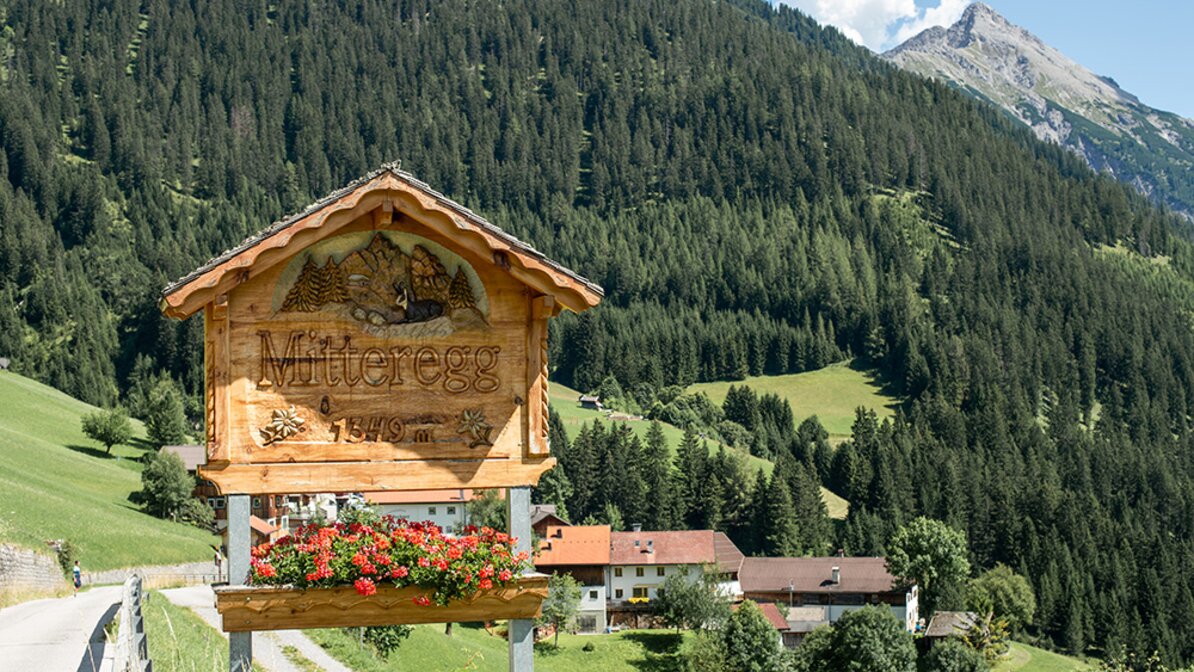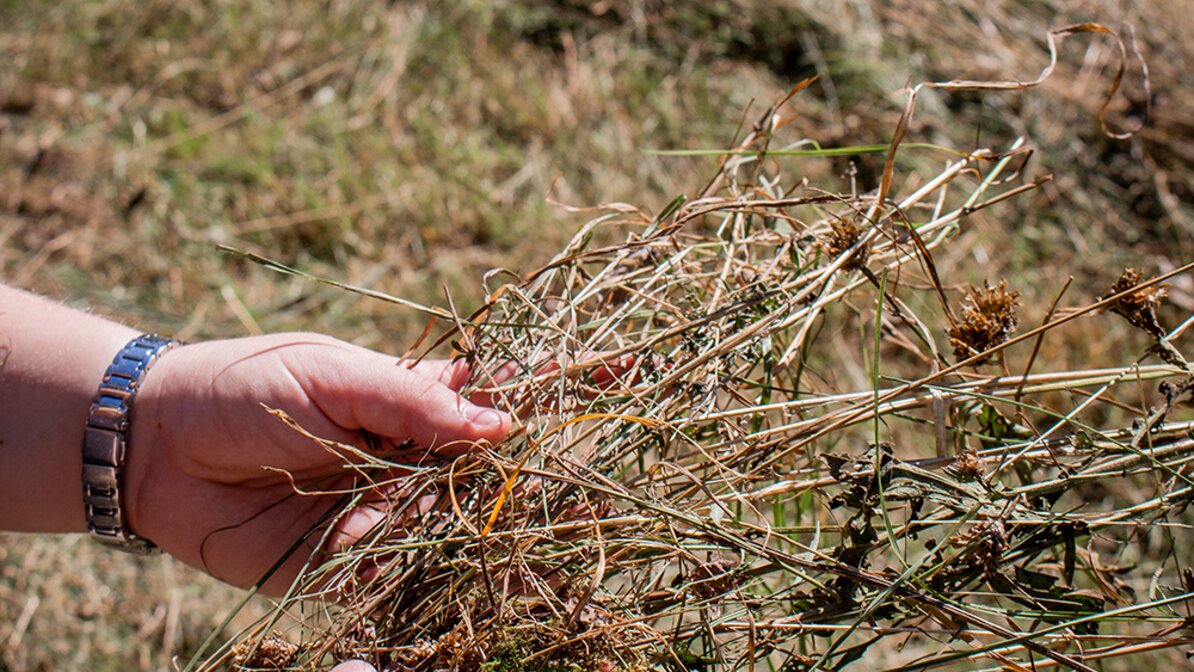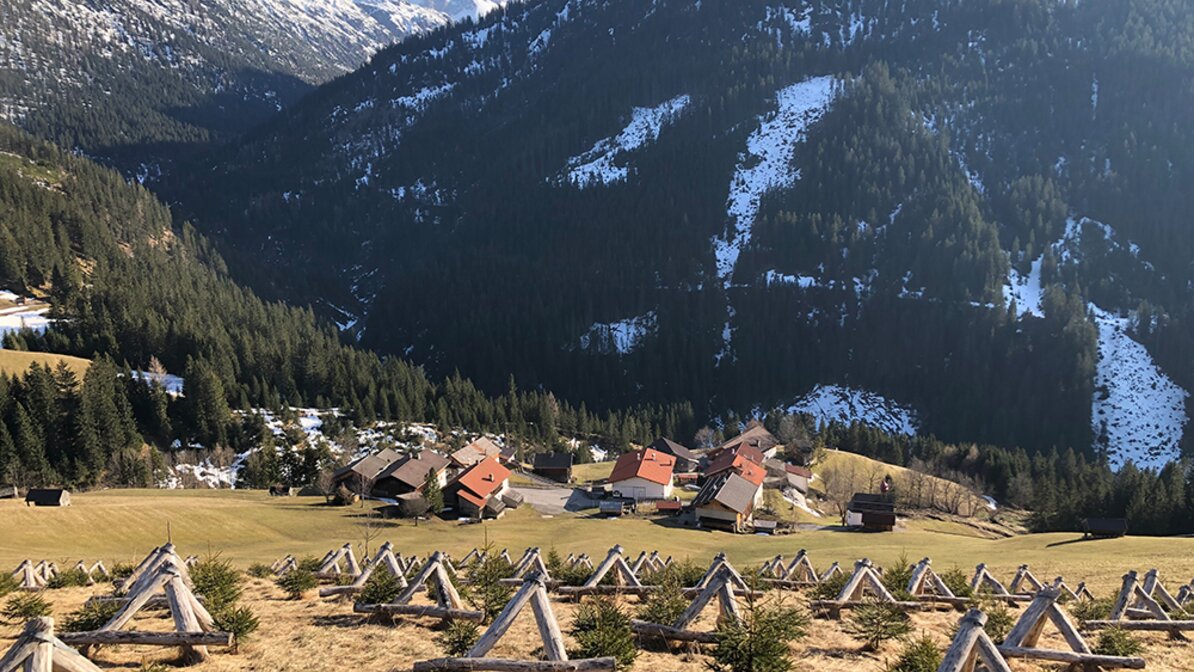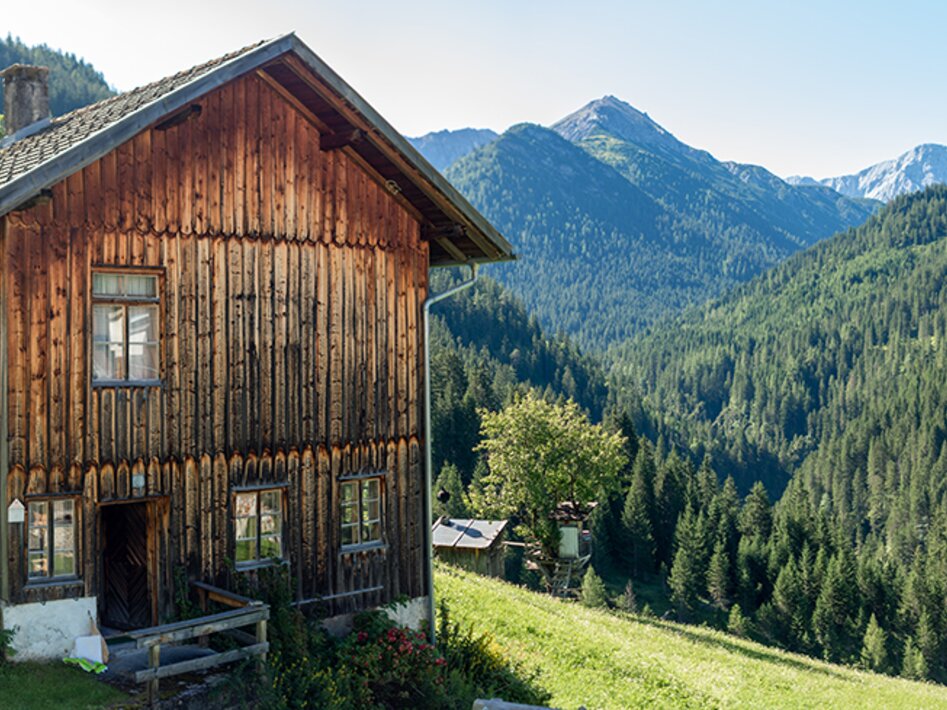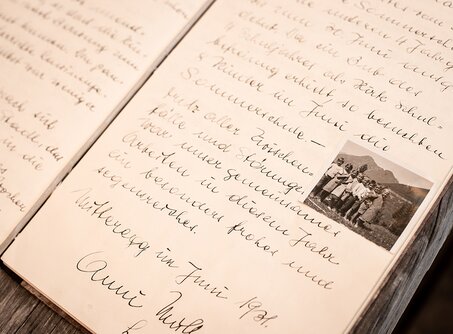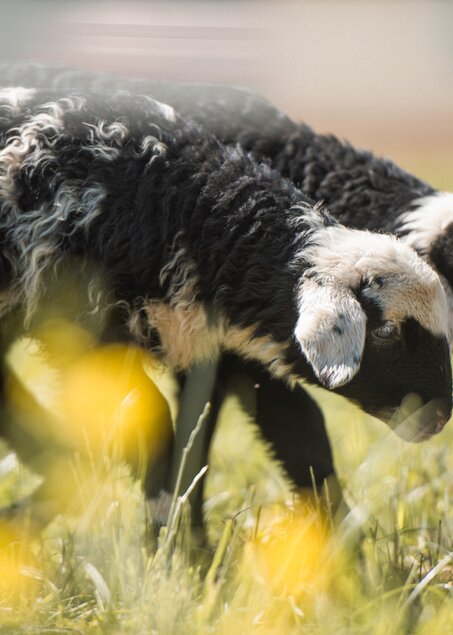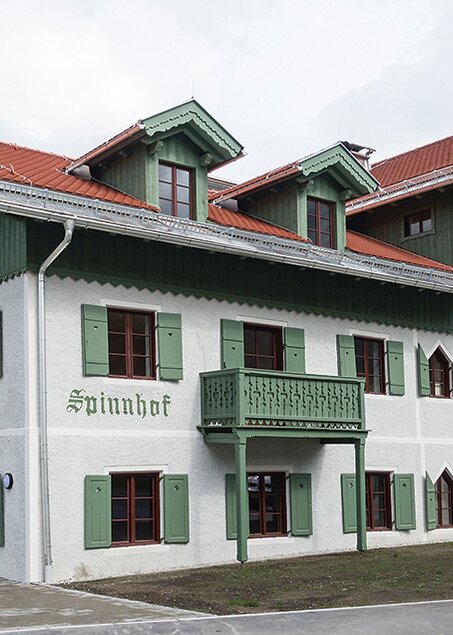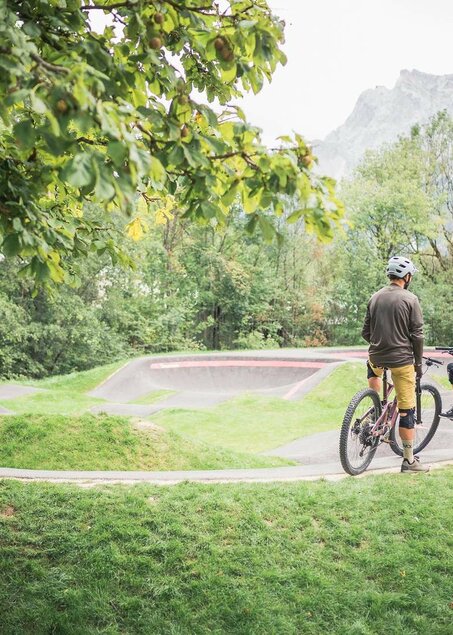Arena Redaktion, 01.08.2024
Mitteregg - Making hay at the most beautiful end of the world!
Green meadows, high peaks, some isolated farmhouses - in Mitteregg there is no sign of the hustle and bustle of the city or of the typical everyday noise. What is life like at the most idyllic end of the world? And what is “Heuen” (making hay) anyway?


